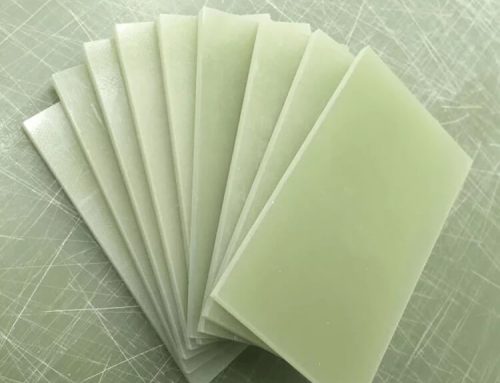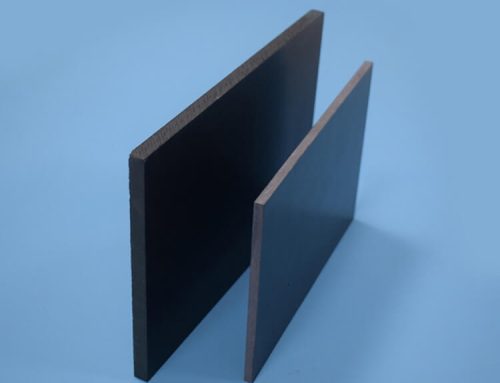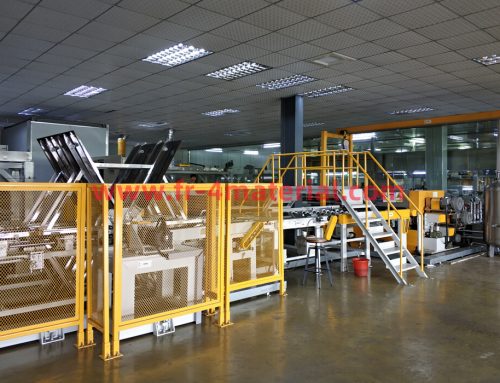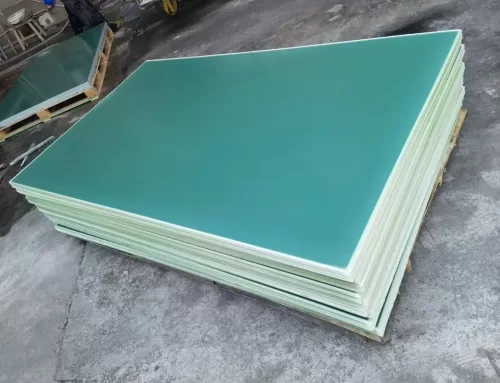Under normal temperature conditions, both liquid bisphenol A epoxy resin (DGEBA, DigycidyletherofBis-phenol-A) and liquid bisphenol F epoxy resin (DGEBF, DigycidyletherofBis-phenol-F) are supercooled liquids. That is, they are supposed to be solid at ordinary temperatures, but generally remain liquid at their freezing temperature.
From a technical point of view, the freezing/melting point temperature of DGEBA is 45-50°C and DGEBF is 80-85°C. They are supercooled because “seed crystals” are not easily formed at room temperature, and “seed crystals” are necessary conditions for solidification to occur, which results in a very slow crystallization process. When the average molecular weight of the resin increases, the high molecular weight component increases, and the isomer component also increases. These isomers and large molecular weight components reduce crystal formation and growth.
The crystallization process usually manifests itself as cloudiness, free-floating grains, crystal clusters, or a completely solidified body. The process is the same that causes honey to crystallize at home. In all resins and curing agents, there is a possibility of crystallization. This is the transition of a substance from a liquid state to a solid crystalline state.
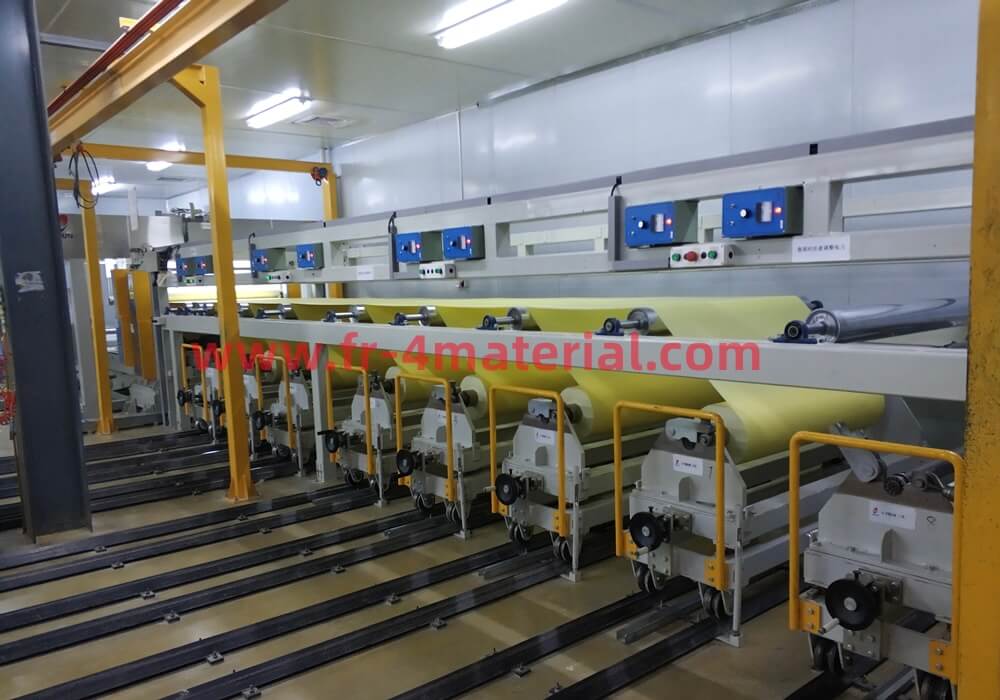
The main component of most epoxy resins is a solid substance at room temperature. When exposed to extreme cold, cycling of heat and cold, or other factors,it can cause crystal growth to transform the substance into its natural solid state.
Crystallization processes are difficult to predict and completely avoid. It can happen without warning, or just affect the performance of a certain part of the substance.
For two-component systems, crystallization only brings some operational inconvenience, but for one-component systems, it can be a big problem. Understanding what causes crystallization to occur, and how to deal with it can reduce this problem to a minor nuisance.

